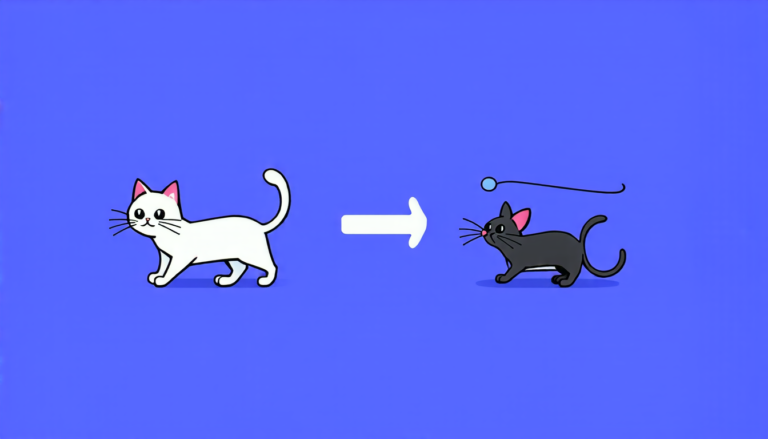Tuesday 29 July 2025
A new era of remote sensing image classification has dawned, as researchers have developed a novel architecture that shatters previous performance records while reducing computational complexity. By leveraging the strengths of local convolutional processing and global frequency-domain filtering, this hybrid model, dubbed MambaOutRS, achieves state-of-the-art results on challenging datasets.
Traditionally, remote sensing image classification relied on recurrent State Space Models (SSMs), which, although effective, demanded significant computational resources. In contrast, MambaOutRS eschews SSMs in favor of a lightweight yet powerful combination of Gated Convolutional Neural Networks (CNNs) and Fourier-based gates. This design choice enables the model to capture local spatial features while selectively emphasizing or suppressing specific frequency components.
The resulting architecture consists of four stages, each comprising multiple Gated CNN blocks followed by a downsampling operation. The first stage is responsible for initial feature extraction, while subsequent stages refine these features through iterative processing. A novel Fourier Gate Block (FGB) is introduced to filter the output of each stage, allowing the model to focus on relevant spectral information.
Experimental results demonstrate the efficacy of MambaOutRS, as it achieves unprecedented performance on four benchmark datasets: UC Merced, AID, NWPU-RESISC45, and EuroSAT. The largest variant, MambaOutRS-t, boasts an F1-score of 98.41% on UC Merced and 95.99% on AID, outperforming larger transformer models like ViT-L (303.0M parameters) and Swin-B (86.8M parameters) despite utilizing fewer parameters.
The ablation study on the Fourier Gate Block provides crucial insights into its contribution to the model’s performance. Integration of the FGB consistently leads to substantial improvements across all MambaOutRS variants, highlighting its importance in capturing global contextual information that complements local feature extraction capabilities.
This breakthrough development holds significant implications for remote sensing applications, where computational resources are often limited. By providing a powerful yet efficient architecture, MambaOutRS paves the way for widespread adoption and further innovation in this field.
The researchers’ innovative approach to remote sensing image classification has far-reaching potential, not only for improved accuracy but also for increased accessibility of these critical applications. As the demand for real-time data processing grows, MambaOutRS is poised to play a key role in shaping the future of remote sensing and Earth observation.
Cite this article: “Shattering Records: MambaOutRS Revolutionizes Remote Sensing Image Classification”, The Science Archive, 2025.
Remote Sensing, Image Classification, Convolutional Neural Networks, Fourier Gates, Gated Cnns, State Space Models, Recurrent Neural Networks, Earth Observation, Feature Extraction, Computational Complexity







